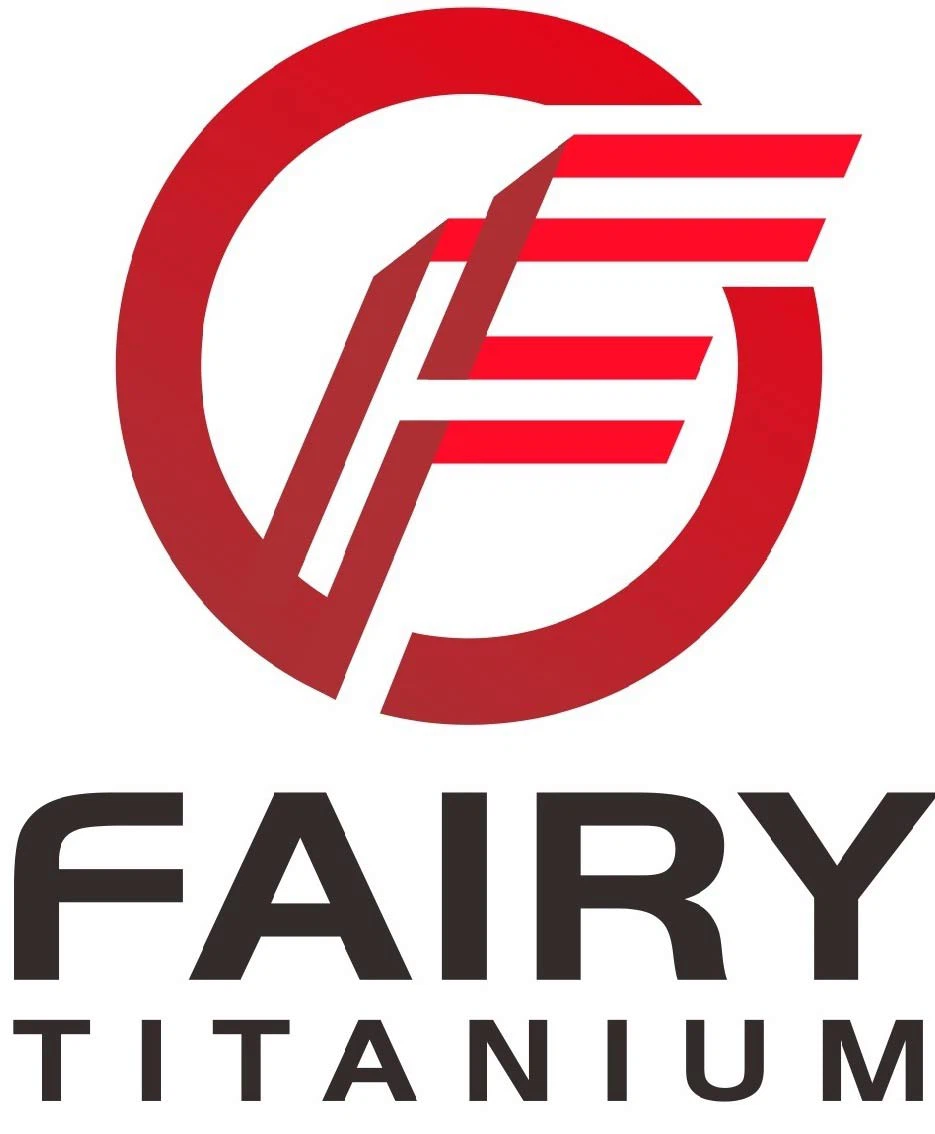Although the structural design of all titanium vessels is somewhat similar to that of stainless steel, due to some special properties of titanium material itself, it has its uniqueness in design, processing, and manufacturing. Therefore, the following points should be paid attention to in structural design:
1. When designing the welding structure, the welding parts must be convenient for the operation of hydrogen arc welding tools, and all welding joint areas at high temperatures (above 400 ℃) can be effectively protected.
Titanium can combine with almost any element in the molten state, so special protection must be taken in the process of welding and hot working.in order to achieve the purpose of effective protection, the structural shape of the parts should be simple, and the opening of the connecting pipe on the shell should be perpendicular to the axis of the shell as far as possible so that the protection fixture can be made easily and the protection effect is better.
2. Strictly avoid the welding structure of mutual fusion of steel and titanium. Due to the formation of hard and brittle intermediate metal compounds when iron and other metals are melted into titanium weld, which greatly reduces the weld plasticity, titanium and steel cannot be welded except through explosive welding and brazing.
3. The blunt edge clearance of butt welded joints shall be appropriate. The blunt edge gap of butt welded joints of all titanium pressure vessels is smaller than that of steel, which is due to the high melting point, poor thermal conductivity, small heat capacity, high resistance coefficient, and high metal fluidity in the welding pool of titanium.
4. The design of titanium vessels should ensure the continuity of structure and the smooth transition of welded joints, and try to avoid stress concentration.
5. The bending and flanging of titanium parts should adopt a larger bending radius (compared with steel), and a smaller expansion rate should be used when expanding the pipe.

6. Industrial pure titanium is prone to crevice corrosion in some media. When designing and handling containers in contact with these media, crevices and stagnant areas should be avoided as far as possible, and crevice corrosion-resistant titanium alloys (such as titanium palladium alloys) or coatings should be used at the crevices.
7. In the design and treatment of containers in contact with conductive corrosive media, if it is found that the contact between titanium and other metals can lead to galvanic corrosion, structural measures should be taken (such as using the third material as the transition layer) or anodic protection should be adopted.
8. When designing equipment prone to corrosion, the flow rate of the corrosive medium should be lower than the critical flow rate, and try to avoid sudden changes in flow rate or direction; Or set up a protective baffle at the parts prone to corrosion and abrasion.
① When the medium is corrosive or abrasive and ρ V2>740kg/ (m · S2) or the medium is noncorrosive or non-abrasive, but ρ v2>2355kg/(m·s2)( ρ Is the medium density, kg/m3, V is the linear velocity of the material flow, m/s), and the anti-impact plate shall be set at the material inlet.
② When the corrosive medium enters the equipment along the tangential direction, or the inlet pipe is facing the device wall, and the distance between them is less than twice the outer diameter of the pipe, a protective plate should be set.







